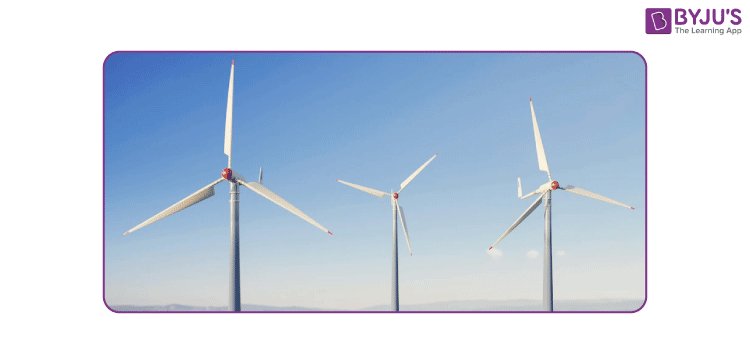Introduction
Energy is required for the evolution of life forms on earth. We obtain energy from different sources. Everything that we use today – food, clothes, houses, vehicles, fuel, notebooks, furniture, cooking gas, utensils, toys, roads, etc. is obtained from resources on the earth. The natural resources that we use today are the prime source of energy for the day-to-day activities of humans, without which we would still be lurking around in the Stone Age. But are they being replenished at the rate at which they are being used up? In this article, we will discuss how long an energy source will last us.
| Table of Contents |
Renewable and Non-renewable Resources
All things that are useful to us are called resources. Renewable and non-renewable are the two types of energy resources.
Renewable Resources
A renewable resource is an energy source that can be replenished within a short period of time. Whereas, the non-renewable resources take a significant amount of time to be replenished by the environment.

Non-renewable Resources
The non-renewable resources comprise fossil fuels like coal, petroleum, oil, etc., the usage of which has detrimental effects on the environment. Comparatively, renewable resources are more environmentally-friendly. They include energy from the sun, tides, wind, biomass, etc.
How Long will an Energy Source Last?
We can split our discussion into two directions. We first talk about how long a renewable energy source will last. Renewable energy resources are called ‘renewable’ because they are constantly renewed or regenerated.
- The energy from the sun, the movement of the waves, the flow of the river – these are some activities that have been happening for millions of years and will continue to happen in the future. They are constant and reliable sources.
- Tidal energy, solar energy, tidal energy, wind energy, hydroelectric energy, geothermal energy, etc. will never get exhausted as they can be generated at the same rate at which they are being used.
- When we talk about non-renewable energy sources, they are limited in quantity. They cannot be renewed easily once they are depleted. They take thousands of years to be formed. At the present rate of consumption, these resources will be exhausted in less than a hundred years.
It is very important to use non-renewable energy resources in a judicious manner. Otherwise, our future generations will not be left with any of them.
Stay tuned with BYJU’S for more such interesting articles. Also, register to “BYJU’S-The Learning App” for loads of interactive, engaging physics-related videos and an unlimited academic assist.
Frequently Asked Questions – FAQs
What is renewable energy?
How many types of renewable energy sources are there?
- Solar energy
- Wind energy
- Hydroelectric energy
- Biomass energy
- Hydrogen and fuel cells
- Geothermal power
- Tidal energy
What is non-renewable energy?
What are the advantages of non-renewable energy?
- The non-renewable source of energy is affordable. For instance diesel and oil.
- It is easily accessible and more compatible.
- The non-renewable source of energy is easy to store.

Comments